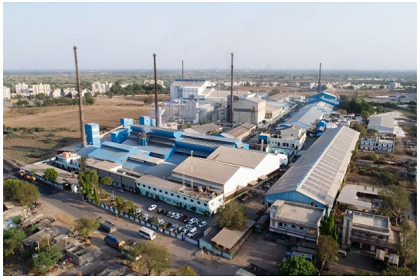 Courtesy: Piramal Glass
Courtesy: Piramal Glass
In Dec 2020, U.S. private equity firm Blackstone acquired a controlling stake in Piramal Glass, in recognition of its inherent business value and accelerated digital journey. The plant in Kosamba, Gujarat, is an export powerhouse which has adopted digital technologies like IoT and cloud, and is a lodestar for brownfield facilities looking to become globally competitive, data-driven, and Industry-4.0 enabled. Early digital innovation helped restore plant-wide operations within a week of the COVID-19 pandemic, whilst adhering to stringent regulatory norms and workforce restrictions.
 Courtesy: World Economic Forum
Courtesy: World Economic Forum
In March 2021, the World Economic Forum (WEF) announced the addition of 15 manufacturing facilities to the prestigious Global Lighthouse Network. Two Indian companies were on the list – the Tata Steel facility in Jamshedpur, and the ReNew Power facility in Hubli. This is twice the number of Indian companies on the list last year. Many more facilities will likely be added to the WEF list, as several prepare to graduate their manufacturing businesses to keep up with Industry 4.0.
 Courtesy: Shutterstock
Courtesy: Shutterstock
This month marks the beginning of triple celebrations in Bangladesh, including the 50th anniversary of its independence, for which Prime Minister Modi will be traveling to Dhaka as the guest of honour. There is much to celebrate: A country that began as a case study for development is now on top of the global GDP charts. The springboard was achieved through a thriving textiles industry, women's workforce participation, micro finance, liberal investment policies. There is much to learn from this neighbour.
 Courtesy: Shutterstock
Courtesy: Shutterstock
The growth of digital interconnectedness between the factory floor and the internet has led to a corresponding growth of potential risks with both humans and machinery susceptible to manipulation. This has deep implications for the safety of personnel, plants and machinery, and profits.
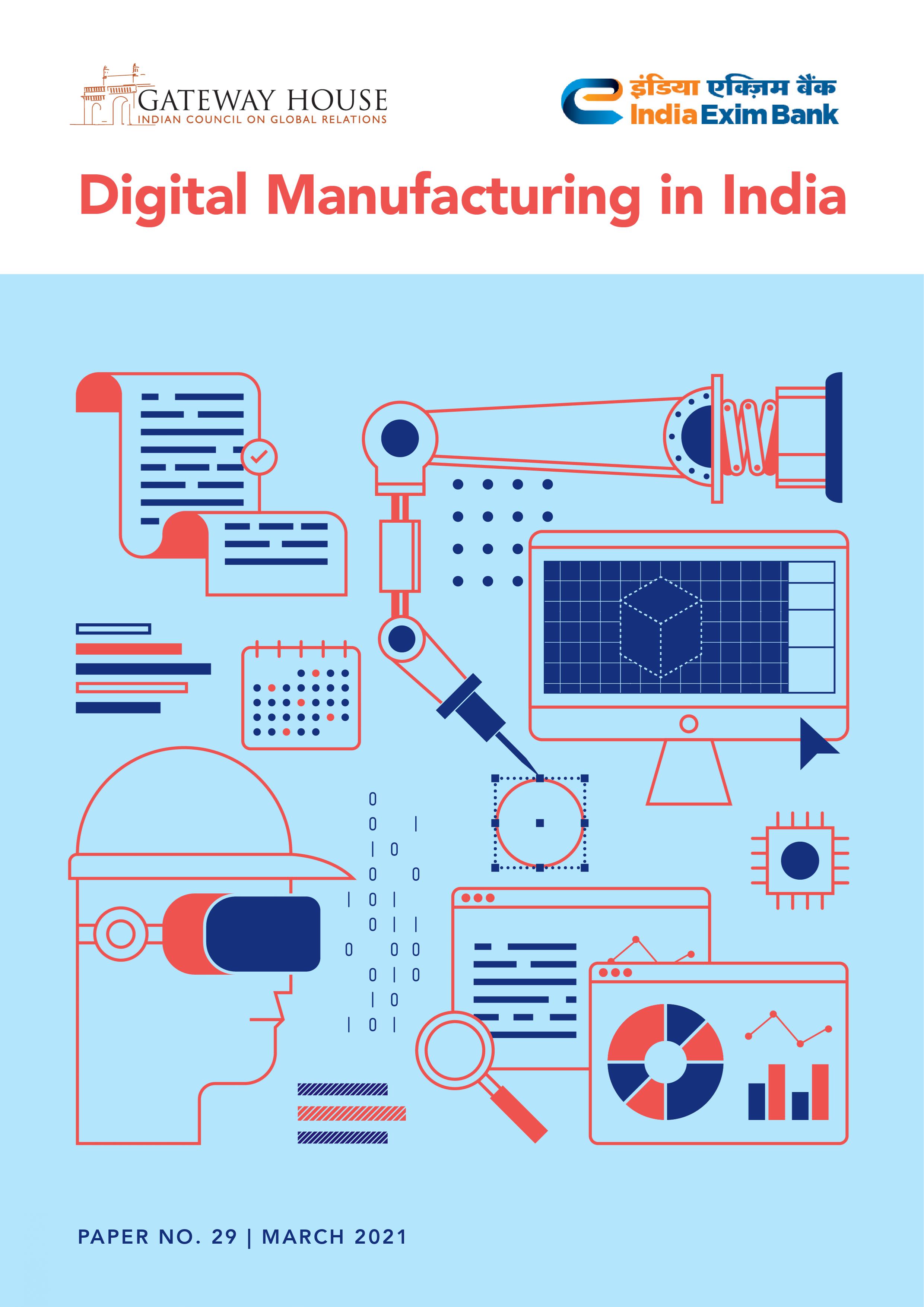 Courtesy: Gateway House
Courtesy: Gateway House
Digital manufacturing is the next wave of business globalisation, which, post-pandemic is not just blind automation to save costs but the smart use of digital tools to modernise industry and create good quality jobs. Digital manufacturing is the next leap for India’s tech leadership - the first being the software outsourcing movement in the 1990s. This time around, government incentives are aligning with industry interests. It offers India a chance to reposition itself globally, and play a leadership role.
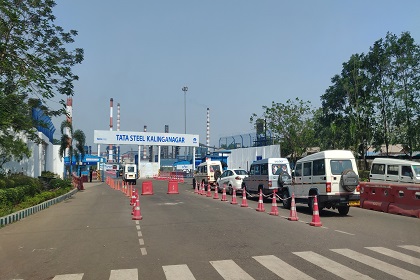 Courtesy: Shutterstock
Courtesy: Shutterstock
Tata Steel is one of the few global companies on the prestigious Global Lighthouse Network for its advanced digital manufacturing systems - and it was the first Indian company on the list. The vision of a digitally integrated manufacturing facility was introduced when the Tata Steel Kalinganagar plant (TSK) was conceptualized in 2006. The subsequent implementation and continuous upgrade of the facility has made it a global benchmark. This case study on TSK's journey can guide other companies to overcome challenges in upgrading systems, using artificial intelligence and big data analytics to increase efficiency and drive innovation.
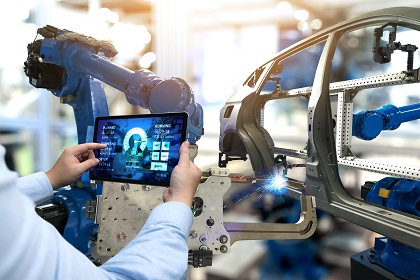 Courtesy: Shutterstock
Courtesy: Shutterstock
COVID-19 has forced India and its manufacturers to quickly step up their adoption of digital manufacturing processes. There are four elements of this ecosystem already in place – the digital infrastructure, government schemes, academic learning, and a burst of start-ups. This, supported by key policy decisions by the Indian government, will propel Indian manufacturing to higher levels of efficiency, productivity, and competitiveness.
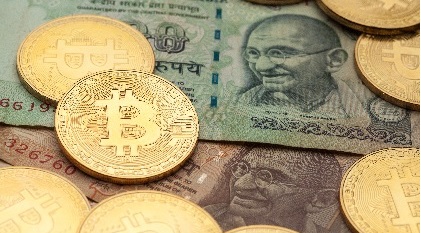 Courtesy: Gateway House
Courtesy: Gateway House
With the Cryptocurrency and Regulation of Official Digital Currency Bill 2021 set to be introduced during parliament’s on-going budget session, India is now ready to introduce its own official digital currency—following in the footsteps of China and Russia. So far, Indian regulations prohibited the public from trading in crypto-currencies. However, the investor community has an interest in them, as an asset that is not subject to government devaluation, unlike regular fiat currency in circulation. This infographic traces the evolution of crypto-currencies since the launch of Bitcoin in 2009.
 Courtesy: Shutterstock
Courtesy: Shutterstock
Facial recognition technology has emerged as an important identification tool. Big tech, social media companies and governments around the world use it and hold an unprecedented power over individuals and communities. Its use for surveillance purposes has brought it under public scrutiny. The technology has still not been perfected. Is it really ready for adoption?
 Courtesy: Shutterstock
Courtesy: Shutterstock
The world is experiencing two simultaneous transformations: a decoupling from China and the building of an alternate supply chain, and the creation of new, cutting-edge industrial process called digital manufacturing. It is part of the larger wave of Industry 4.0, an integration of industrial processes with the Internet of Things. India already has some of the key elements in place, and some successes to build on.












